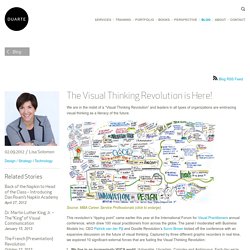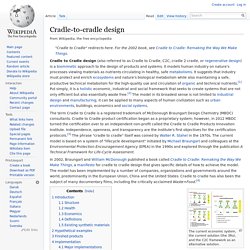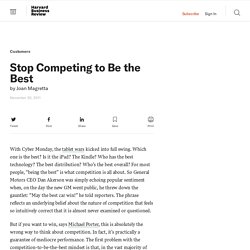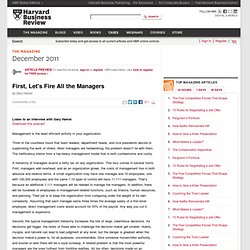

Rival versions of capitalism: The endangered public company. Broadband Boosts Well-Being as Effectively as a Robust Economy - The Daily Stat - May 23. Jason Silva - Imagination. Colorado Technical University - Are You In? Comprenez le, diffusez le, reprenez le pouvoir. Www.quivoter.fr. Kony_new. KONY 2012. Remind Me. The Visual Thinking Revolution is Here! We are in the midst of a “Visual Thinking Revolution” and leaders in all types of organizations are embracing visual thinking as a literacy of the future.

Source: MBA Career Service Professionals (click to enlarge) This revolution’s “tipping point” came earlier this year at the International Forum for Visual Practitioners annual conference, which drew 100 visual practitioners from across the globe. The panel I moderated with Business Models Inc. CEO Patrick van der Pijl and Doodle Revolution’s Sunni Brown kicked off the conference with an expansive discussion on the future of visual thinking. Captured by three different graphic recorders in real time, we explored 10 significant external forces that are fueling the Visual Thinking Revolution: Cradle-to-cradle design. Cradle to Cradle design (also referred to as Cradle to Cradle, C2C, cradle 2 cradle, or regenerative design) is a biomimetic approach to the design of products and systems.

It models human industry on nature's processes viewing materials as nutrients circulating in healthy, safe metabolisms. It suggests that industry must protect and enrich ecosystems and nature's biological metabolism while also maintaining a safe, productive technical metabolism for the high-quality use and circulation of organic and technical nutrients.[1] Put simply, it is a holistic economic, industrial and social framework that seeks to create systems that are not only efficient but also essentially waste free.[2] The model in its broadest sense is not limited to industrial design and manufacturing; it can be applied to many aspects of human civilization such as urban environments, buildings, economics and social systems.
Introduction[edit] Biological and Technical Cycles Biological and technical cycle Health[edit] Maker's Schedule, Manager's Schedule. July 2009 One reason programmers dislike meetings so much is that they're on a different type of schedule from other people.

Meetings cost them more. There are two types of schedule, which I'll call the manager's schedule and the maker's schedule. The manager's schedule is for bosses. It's embodied in the traditional appointment book, with each day cut into one hour intervals. La démocratie par tirage au sort. Campagne présidentielle ou non, le couple démocratie-élections s'impose aujourd'hui comme une évidence.

D'autres systèmes de sélection sont pourtant possibles, notamment le tirage au sort, comme le rappelle Jean-Paul Jouary, chroniqueur iconoclaste. Le suffrage par le sort est de la nature de la démocratie ; le suffrage par choix est de celle de l’aristocratie. – Montesquieu. Il peut paraître choquant aujourd’hui de se demander si suffrage universel et la démocratie sont identiques, tant le droit de vote a été difficile à acquérir, et tant il est évident que les peuples qui en sont privés sont pour cela même privés de démocratie.
Tan Le: A headset that reads your brainwaves. The Future of Computing. Hack your company ! Stop Competing to Be the Best - Joan Magretta. With Cyber Monday, the tablet wars kicked into full swing.

Which one is the best? Is it the iPad? The Kindle? Who has the best technology? The best distribution? But if you want to win, says Michael Porter, this is absolutely the wrong way to think about competition. Consider a business as prosaic as seating for airport waiting areas. If there is no “best” airport seat, now think about all of the industries in the economy. Yet, it’s a pervasive idea. In war, there can be only one winner. Here’s the problem: When rivals all pursue the “one best way” to compete, they find themselves on a collision course, trapped in a destructive, zero-sum competition that no one can win.
Instead, Porter urges a different kind of competition: compete to be unique. Grasp the true nature of business competition and you’ll see that the performing arts provide a better analogy than war or sports. What’s your organization’s underlying model of how competition works? First, Let's Fire All the Managers. Management is the least efficient activity in your organization.

Think of the countless hours that team leaders, department heads, and vice presidents devote to supervising the work of others. Most managers are hardworking; the problem doesn’t lie with them. The inefficiency stems from a top-heavy management model that is both cumbersome and costly. A hierarchy of managers exacts a hefty tax on any organization. This levy comes in several forms. Second, the typical management hierarchy increases the risk of large, calamitous decisions. Third, a multitiered management structure means more approval layers and slower responses. Finally, there’s the cost of tyranny. Marcin Jakubowski: Open-sourced blueprints for civilization. The Story of Stuff Project. The Story of Bottled Water (2010) The Story of Electronics (2010)
Econ4. Seasteading Institute. The Blog.